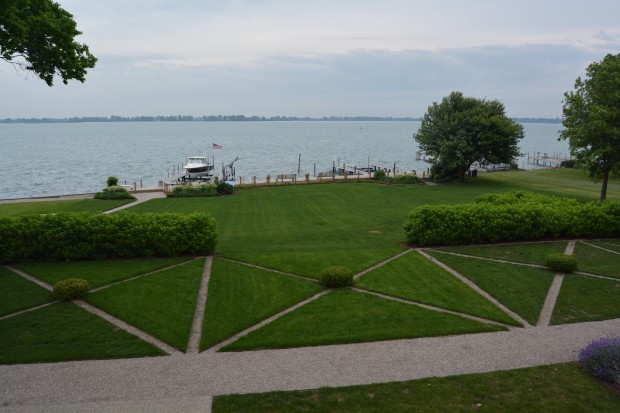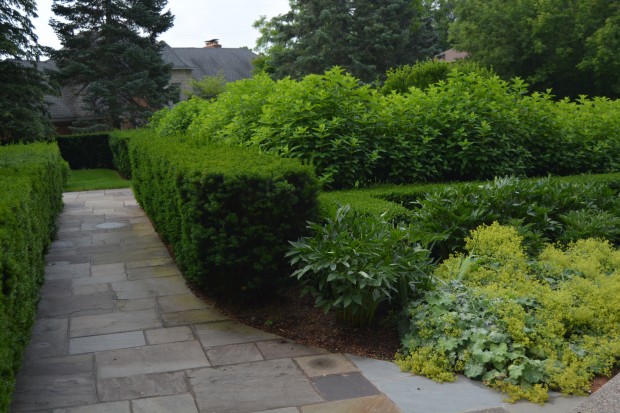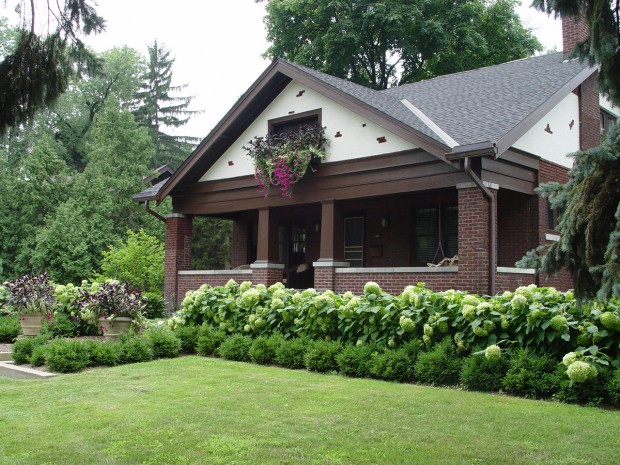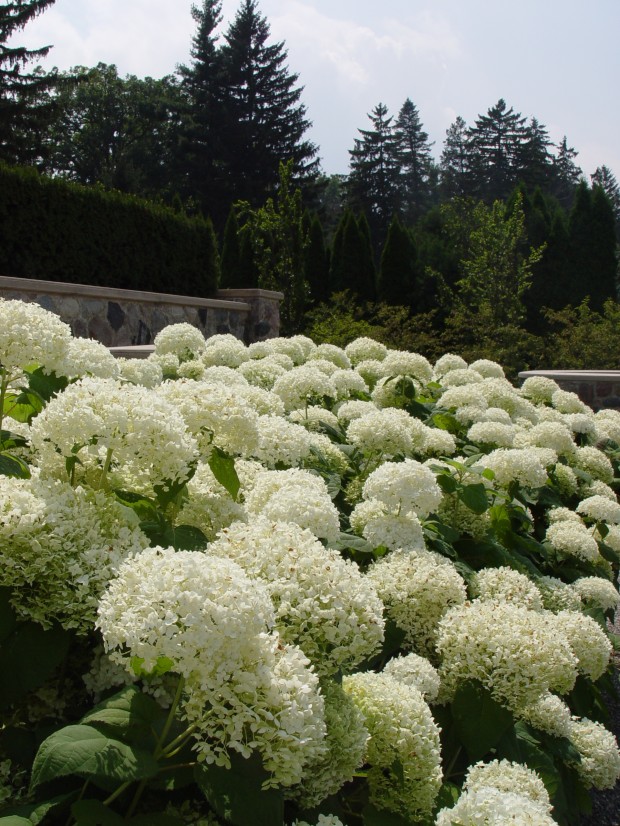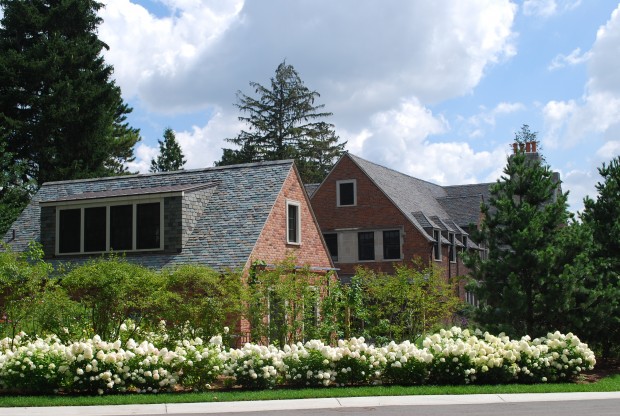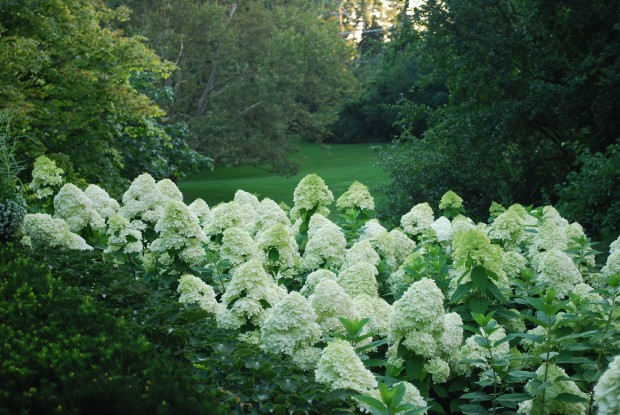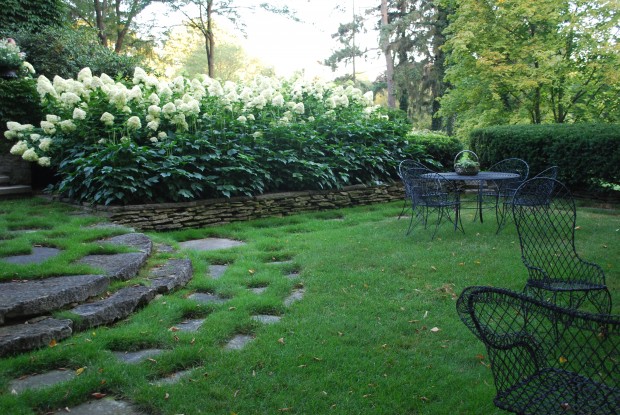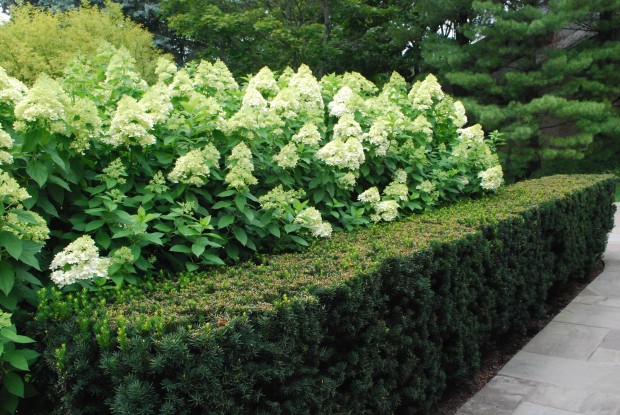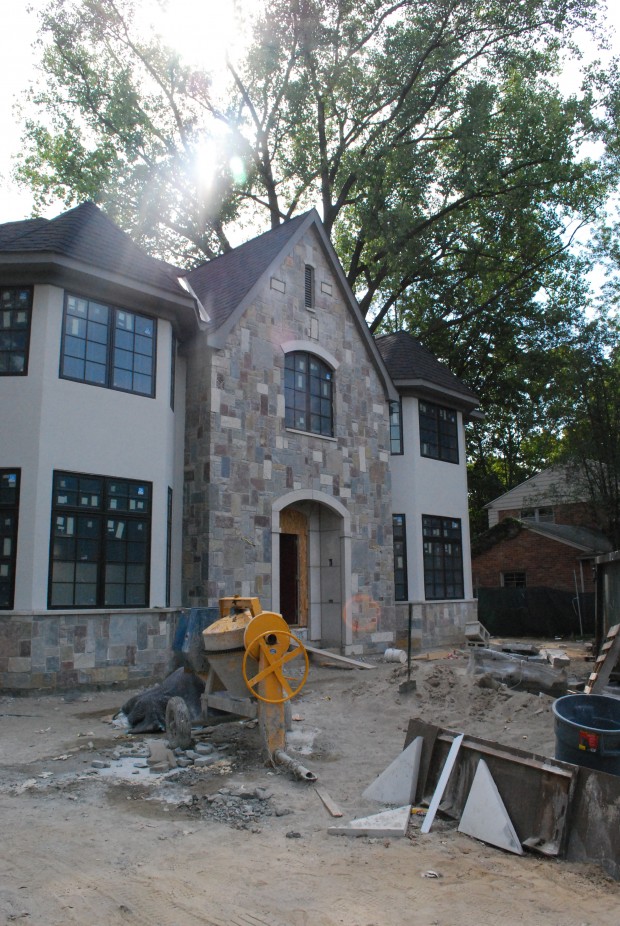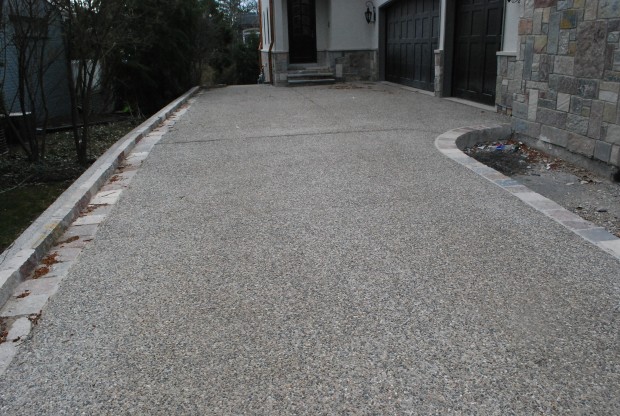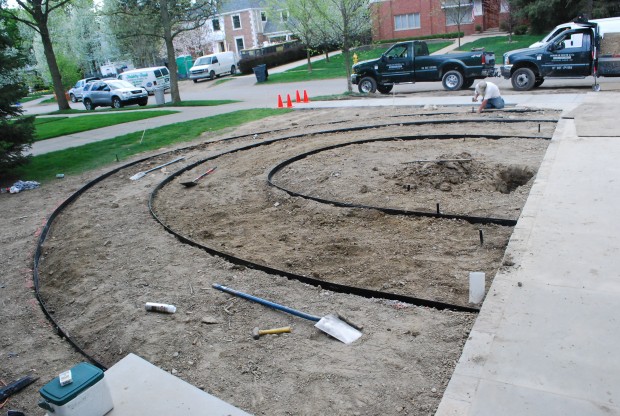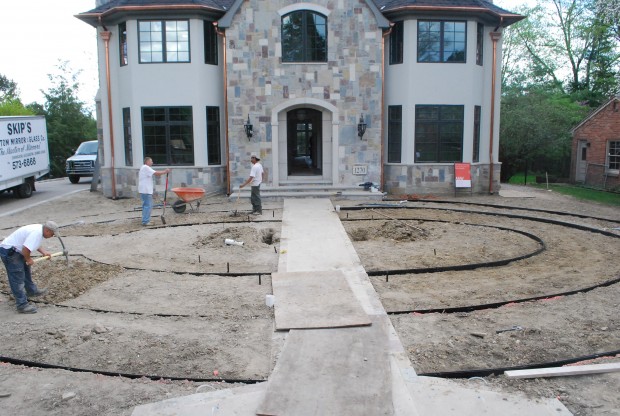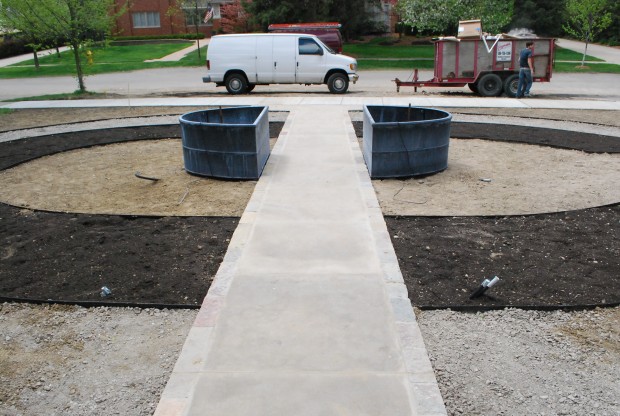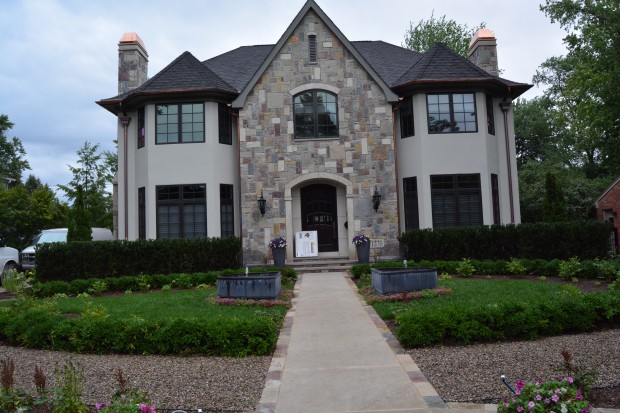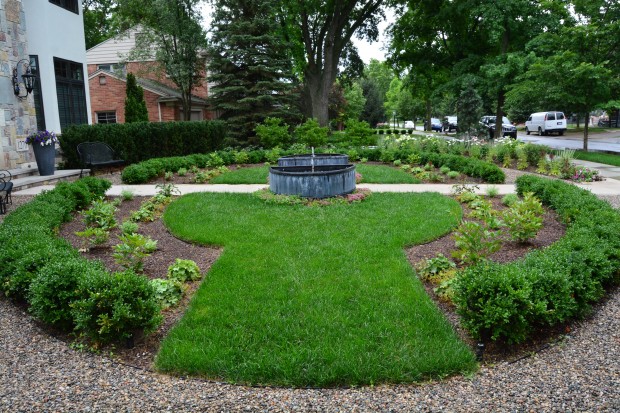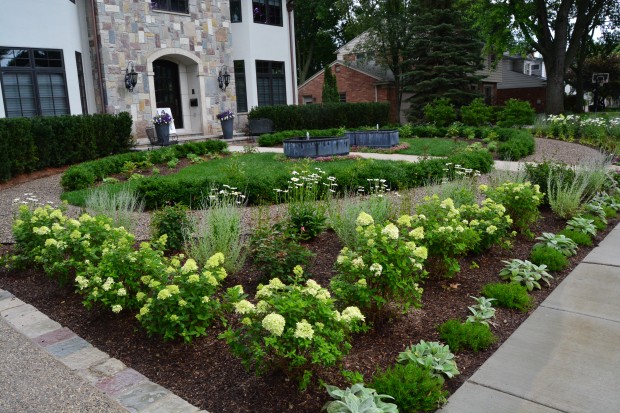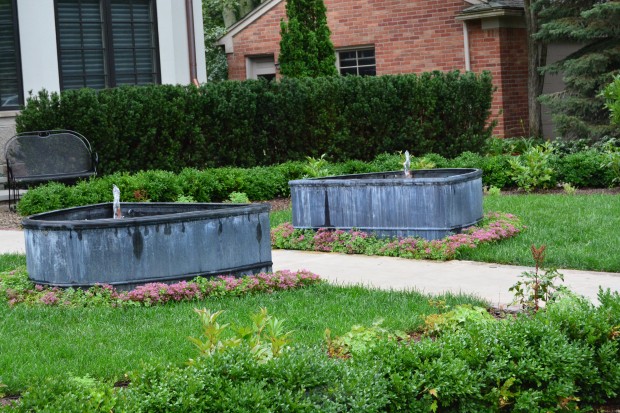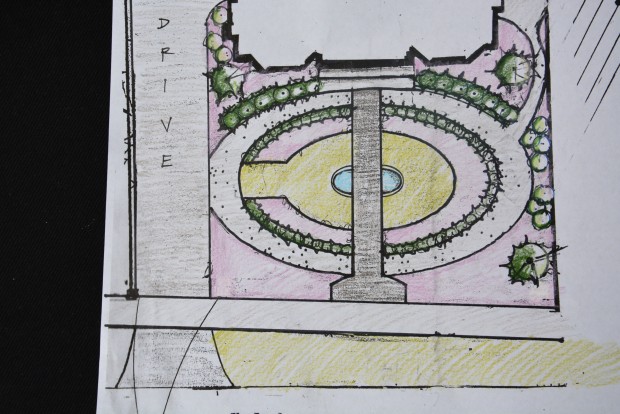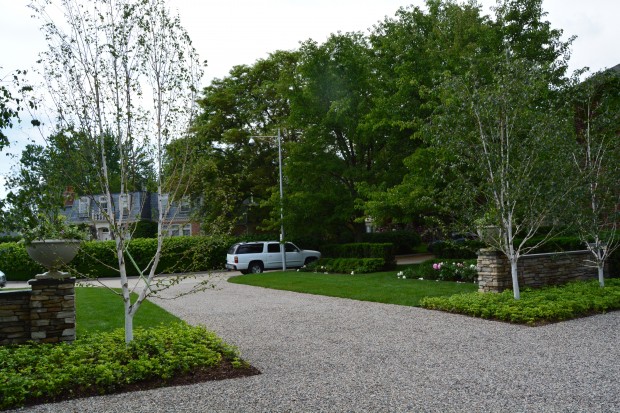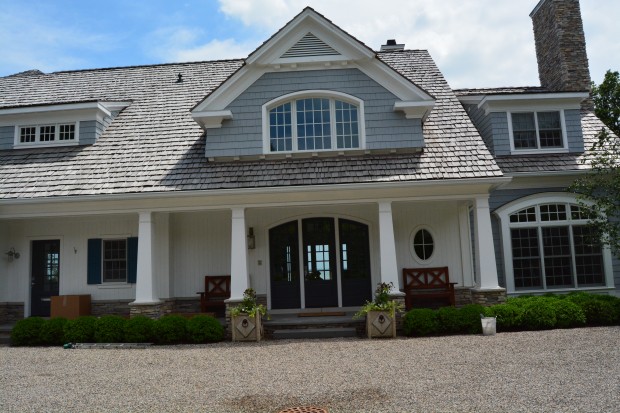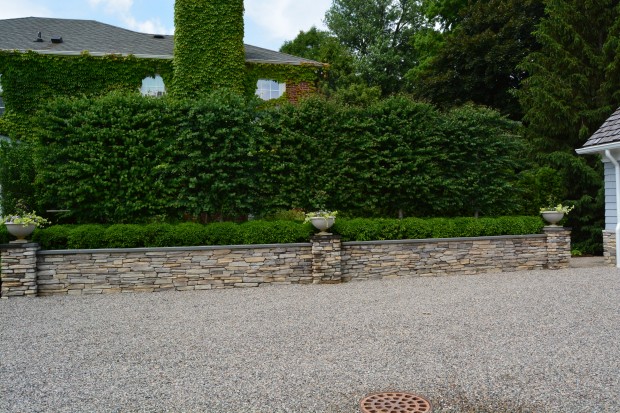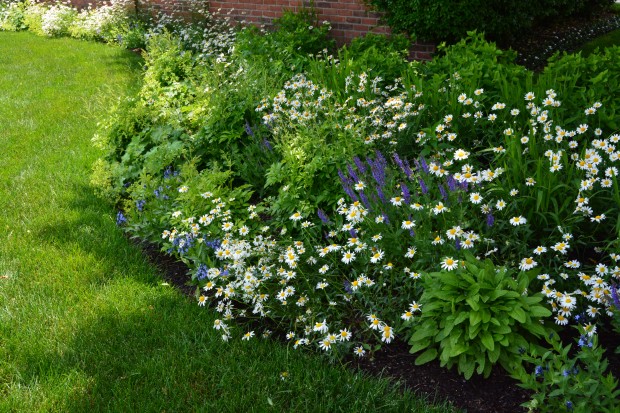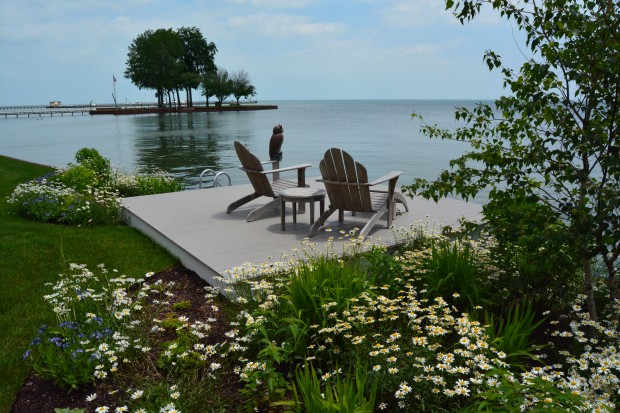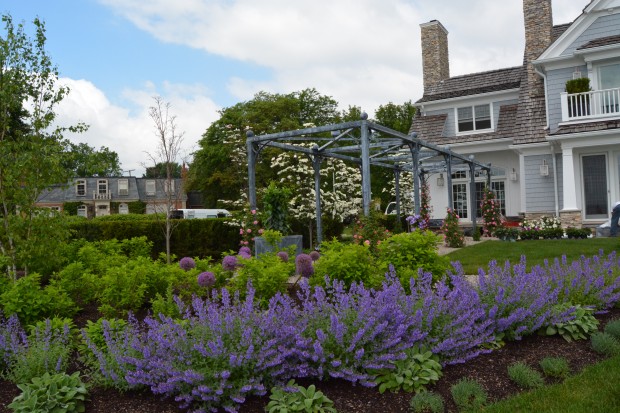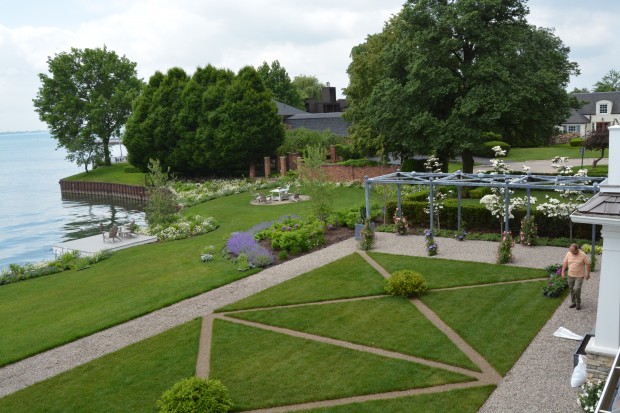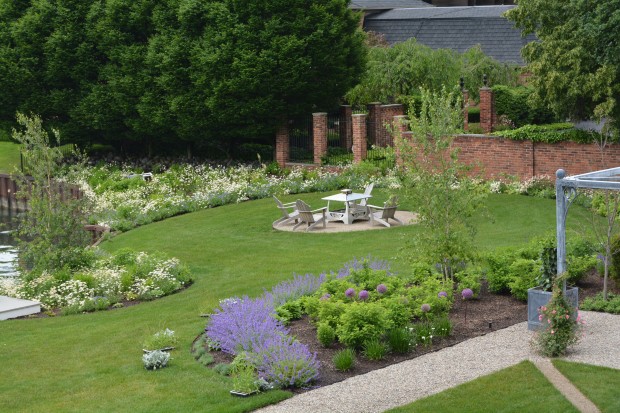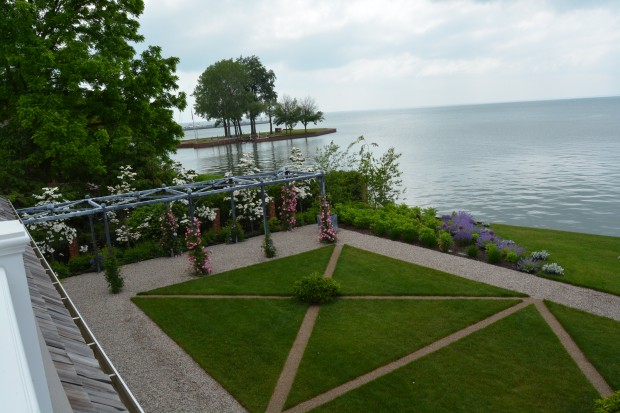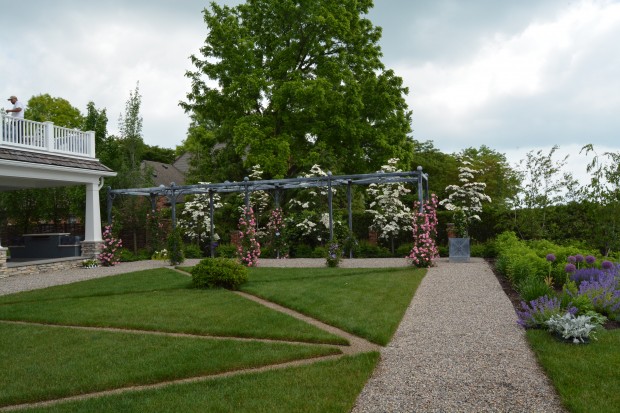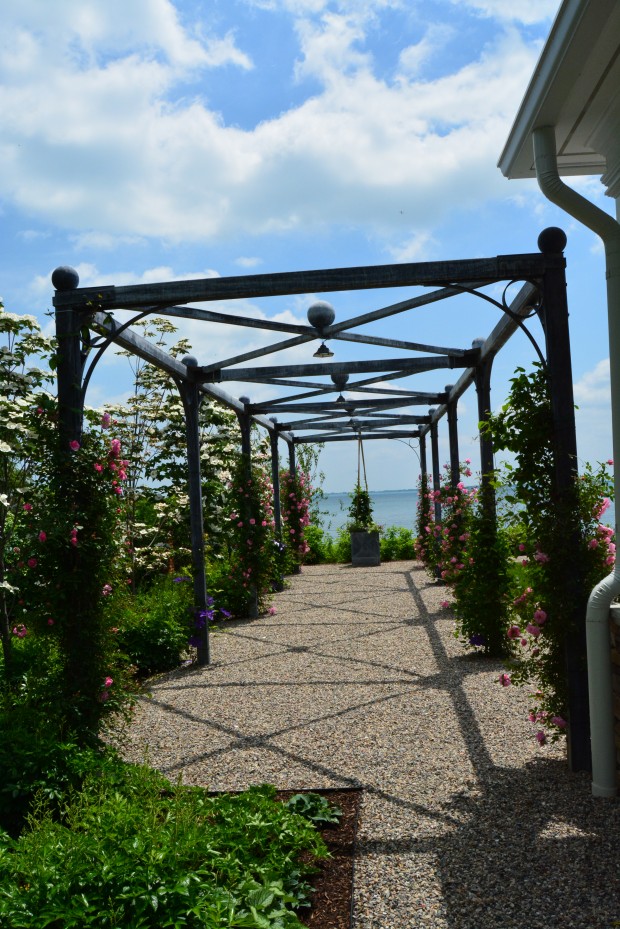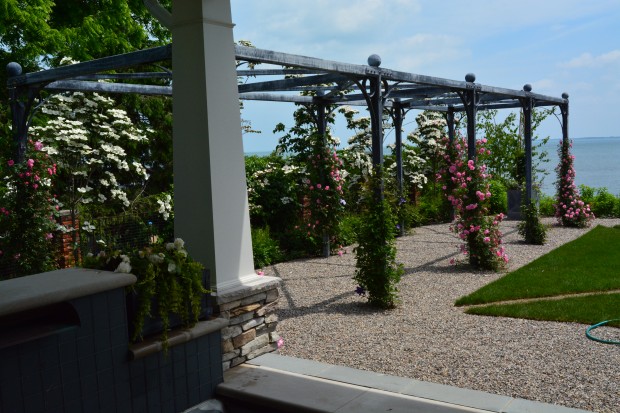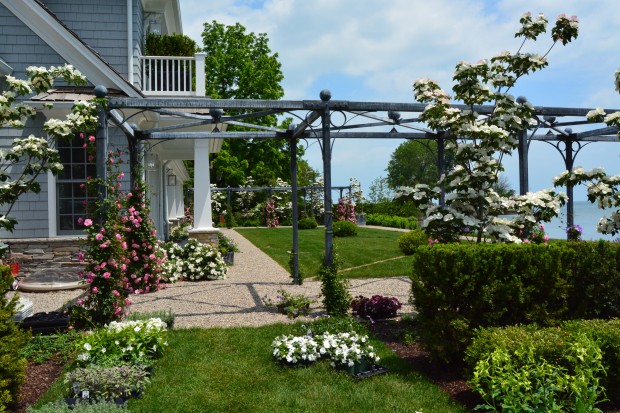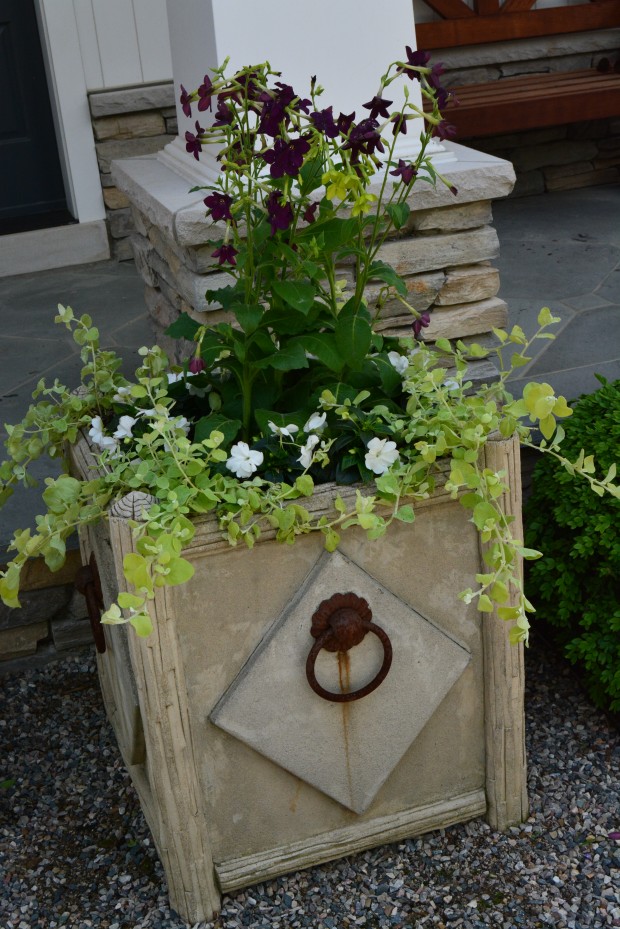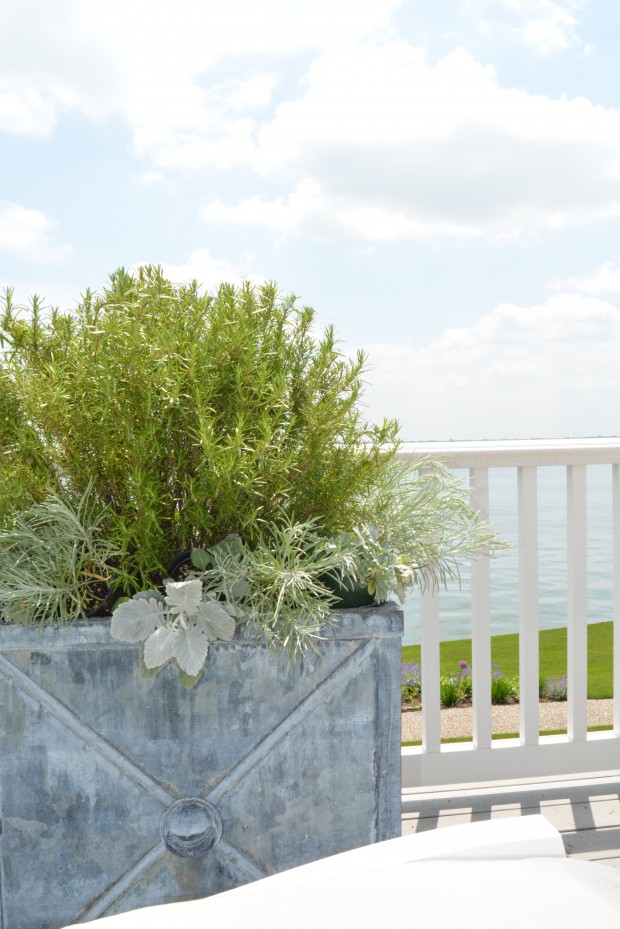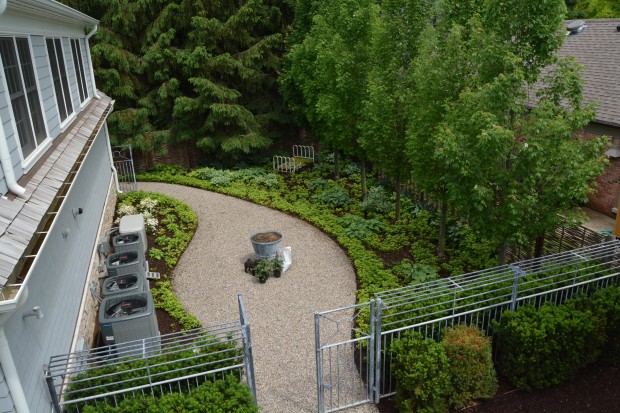Gardener/readers write me on and off, astonished about the degree to which I am willing to share my knowledge and process. Why wouldn’t I? I was raised to believe that sharing with others was good. If you are like me, you grew up with a Mom who encouraged sharing. Share a toy. Share you seat on the bus. Loan your sister your prized sweater. Share the letter your teacher sent home with you with your Mom – this would be a Mom talking. Share your questions, hopes, fears, and aspirations. That call to share had another call attached to it. Share, with the idea that you might help. If you are able to share such that you can help others, help them. I arrived on this earth endowed with plenty of infantile selfishness-it took a Mom to temper that. Did I really want to share my prized baloney and mustard sandwich on white bread with a classmate who had no lunch? Not until I was instructed that sharing was a very special kind of giving. A kind of giving that was part and parcel of being a decent human being. My Mom assured me I would feel good about it. And that what I got out of the giving was in the end, irrelevant. This also from my Mom. I may have had no relationship whatsoever with that kid who had no lunch. I may not even have known her name. But if I could get by with a half a sandwich, which of course I could, it was incumbent upon me to share the half I could do without with another. It was the right thing to do. And it did, incidentally, feel good. Now, the sharing seems effortless. I am by no means the exception. I believe that people come by the instinct to give and share, naturally-don’t you?
The right thing to do-what is that? Every gardener, and landscape designer, comes face to face with this question over the course of a project. I like to share the design process with a client, just like nature reveals herself to me. In a genuine design relationship, lots of things are shared. Needs, dreams, concerns, budgets-there are lots of topics to cover. The client’s issues are invariably more important than mine. A beautiful design that does not work for a client is not necessarily a beautiful design. It is a design the heart of which fails to engage a client. This is a polite way of describing a dust bin. Just my opinion, this.
In the shop, we try to share the best advice we have available. A client with whom we do not share our knowledge is a client who has not gotten from us what they should. No matter my willingness to share, there are those times where we fail. I take that failure personally. We should be able to give timely and sound advice. That given, there are those times when what gets said doesn’t get heard-or what was heard bears no resemblance to what was said. This happens all the time. Communication is the art of life, is it not? Some things that go wrong in the garden can be squarely attributed to the nature of the season. Other things that go wrong might be attributed to a casual share, without any depth, or an insincere communication.
I have this communication problem on occasion with my garden. I may plant what I want, without listening to what has been shared with me by nature-about my weather, my zone, my seasons, my soil-you get the drift. I am eminently capable of being insincere with nature, as I don’t really want to answer to her. What I do not hear can come back to haunt me. Yes, usual sharing implies another who is engaged, and listening. Nature does neither. Nature has no need for a relationship with me. I am a small part of a much bigger scheme. She has no time for me. The entire burden of a successful relationship with nature depends on me. How tiresome is this? A gardener of the true sort establishes a fluid truce with nature-this is a kind of sharing. Sharing, with the primary responsibility clear from the start. Sharing as I usually experience it as a designer is a person to person pursuit. That sharing works some times-other times, not. Most people have shared something at one time or another that has not been heard. Operas have been written and performed for centuries about this. It is tougher than it appears, sharing in a real and thoughtful way.
The most difficult moment in the landscape design process comes at the beginning. You have a design to present. You have a conceptual plan to share. Taking enough time with this part is essential. The design is a collaboration-there is the sharing of information that goes back and forth across the table. That sharing may take a lot of time to transform into a final plan. Once there is agreement on the big issues, there are lots of details to share. Secondary but so essential to sharing-patience. Patience is not my long suit, but I try. Patience can also be overrated. Knowing how to bring an unfounded worry to a close is a way of sharing that is caring.
The second most difficult moment is that moment when a project is done. You will no longer be there every day, working on this part, but watering and tending that other part that is finished. Some clients can see instantly that moment when an installation becomes their garden-they say thank you much, and push off on their own. Bye Bye. Other clients are less confident. You may need to drive by, regularly. Sometimes it’s important to keep on sharing until there is no more need. Am I good at this? Sometimes. Other times, I call the memories of my Mom in- to give me a hand.
I would share anything I know about horticulture or design with anyone. What I know is just my experience-nothing more, and nothing less. Is my knowledge special? Not particularly. What works for me is different than what works for lots of other gardeners. As much as things in the garden fail, lots of things work. Designers would do well to keep that in mind. There is no one way. There are lots of ways. Do I worry that someone else might duplicate my work from something I shared with them? No. My eye is my eye-this part of me is not transferable, nor can it be replicated in every detail. Lucky, this-for everyone involved. Anyone who might try to replicate my work will eventually be frustrated and unsatisfied. Hungry. Every person with a sincere interest in the landscape needs to rely on their own vision to finish a garden, or a landscape, or a moment. Every landscape I design and install needs a client to eventually sweep the scene with what is all their own. Having had good advice and design help, eventually being left on one’s own is a very good place to be. There is so much satisfaction to be had from one’s own invention. Some create gardens on their own. Some create landscapes via a relationship with a designer. All sincere paths to good design are good paths.
Whether you are a landscape designer, or landscape architect, or a passionate gardener, I will respect you enough to assume that you are a creative person whose job it is to imagine a project, and research anything you need to bring that project to fruition. I assume you are able. There are no shortcuts. Take the time, and do the work you need to do. The work you put to any project will, in the end, reward you. What someone has shared with you is not necessarily the gardening gospel. It is a point of view. And not necessarily your point of view. Trust your eye. If you cannot trust your eye, look outward. Most importantly, look inward.
I have a big interest in good gardening outcomes. World wide, there are so many beautiful landscapes and gardens that support that idea. Your computer is a means by which you can learn. What is out there being shared? Garden Design by Carolyn Mullet-I read her facebook page every day. The time she takes to share-extraordinary. Her editing, and choices of a topic to share-equally extraordinary.
What comes of your exposure to the work of others is that germ of an idea that might inform your own garden. Respond honestly and passionately to the work the work of your designer. In the interest of a better outcome-share what you can. Listen when you have a mind to. The aura created by that sharing all around – beautiful.
